Optimal Timing for Cedar House Staining
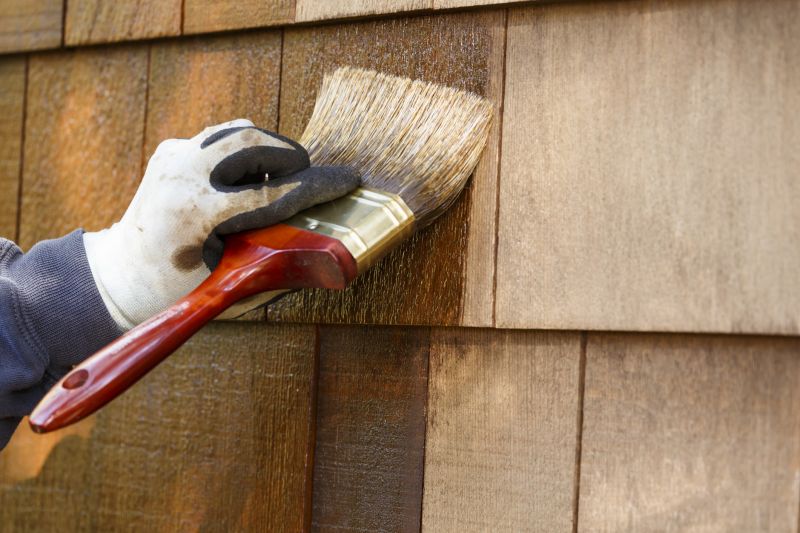
Spring offers moderate temperatures and low humidity, ideal for staining cedar houses.
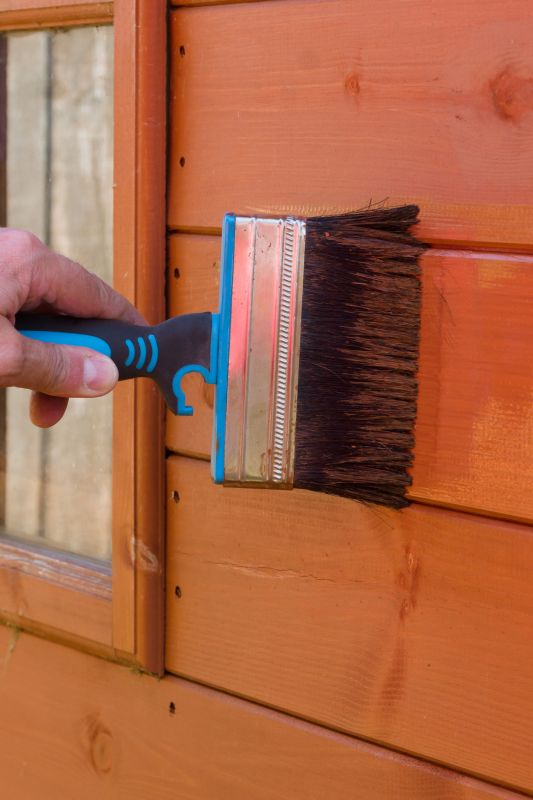
Summer provides long daylight hours, but high temperatures and humidity can affect stain absorption.
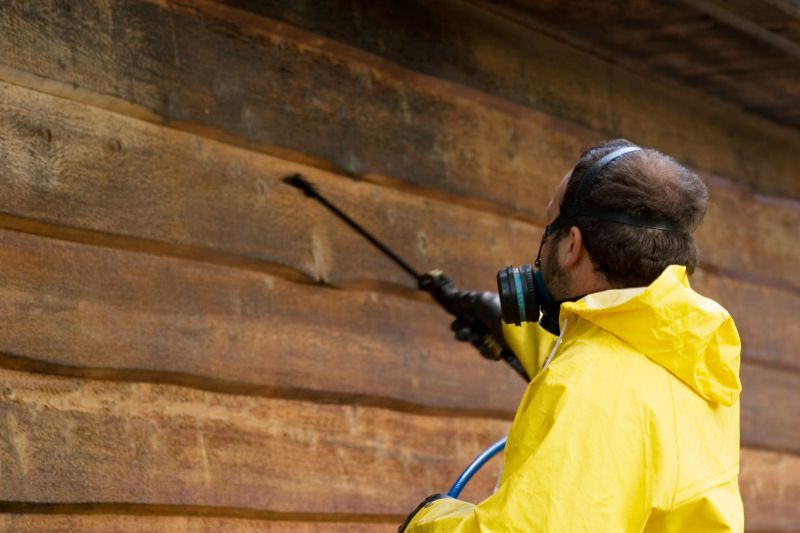
Fall's cooler temperatures and dry conditions make it suitable for cedar staining projects.
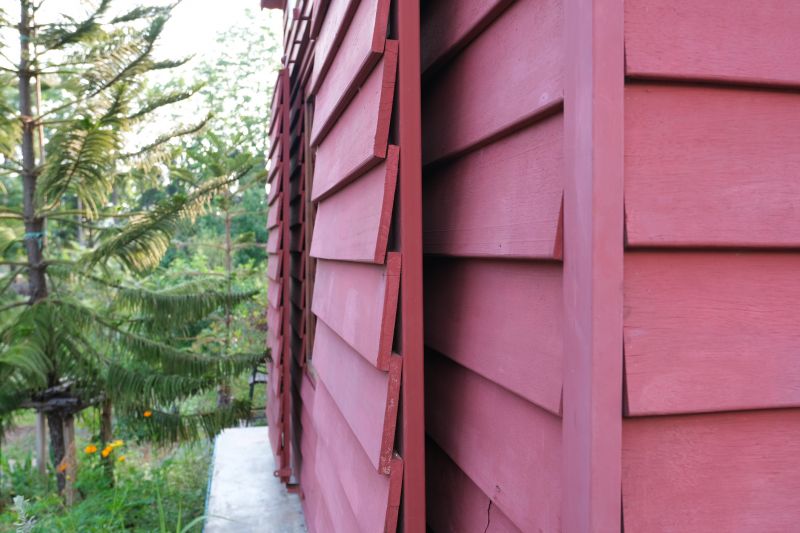
Ways to make Cedar House Stainings work in tight or awkward layouts.
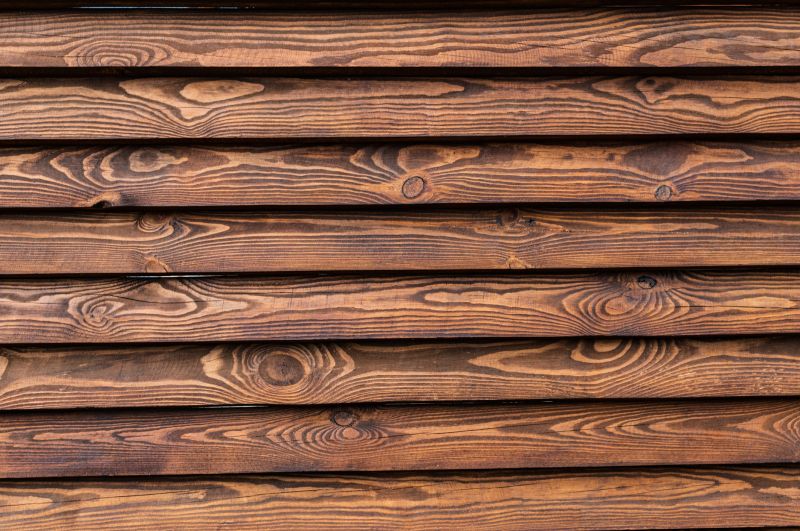
Popular materials for Cedar House Stainings and why they hold up over time.
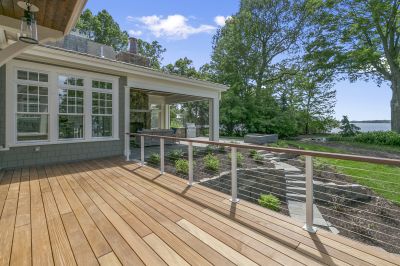
Simple add-ons that improve Cedar House Stainings without blowing the budget.
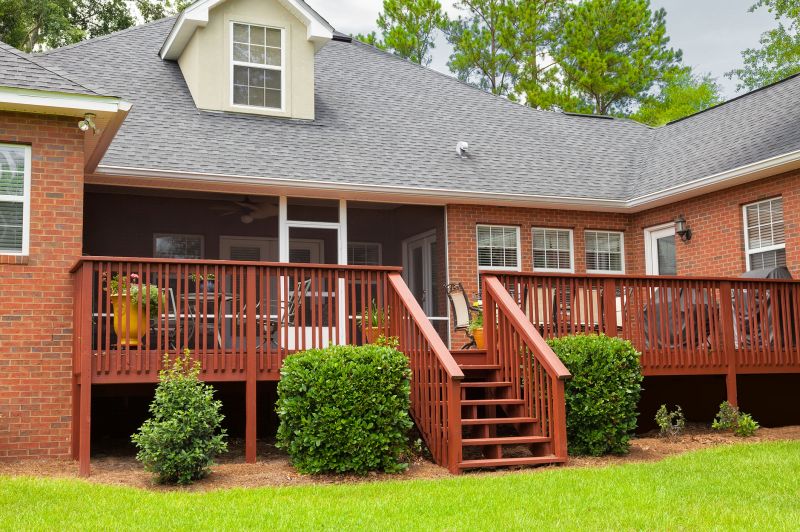
High-end options that actually feel worth it for Cedar House Stainings.
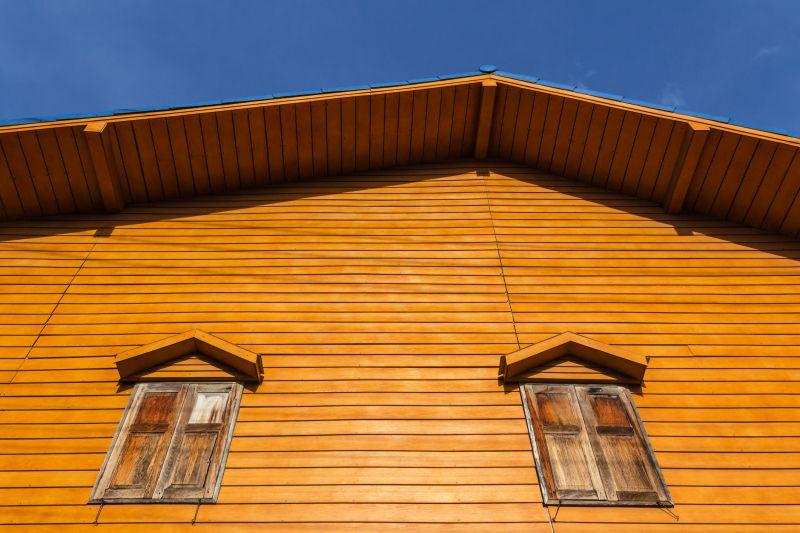
Finishes and colors that play nicely with Cedar House Stainings.
Cedar house stainings are a popular choice for maintaining the appearance and longevity of cedar exteriors. Proper timing ensures optimal stain absorption and durability. The best time to stain cedar houses typically depends on climate conditions, with moderate temperatures and low humidity being ideal. Staining during periods of extreme heat, cold, or moisture can lead to uneven application or premature wear.
Statistics indicate that staining cedar homes during spring or fall can extend the lifespan of the stain by up to 20% compared to staining in less favorable weather conditions. Consistent maintenance, including timely staining, helps preserve the natural beauty of cedar and prevents issues like cracking, peeling, or mold growth. It is important to avoid staining during periods of heavy rain or frost to ensure proper adhesion and drying.
Ideal temperatures for cedar staining are between 50°F and 85°F, ensuring proper penetration and drying.
Low to moderate humidity levels are preferable to prevent moisture from affecting stain absorption.
Staining should be avoided during rain, snow, or extreme heat to ensure quality results.
Proper cleaning and drying of the cedar surface prior to staining are essential for best outcomes.

Little measurements that prevent headaches on Cedar House Stainings day.

A 60-second routine that keeps Cedar House Stainings looking new.

A frequent mistake in Cedar House Stainings and how to dodge it.
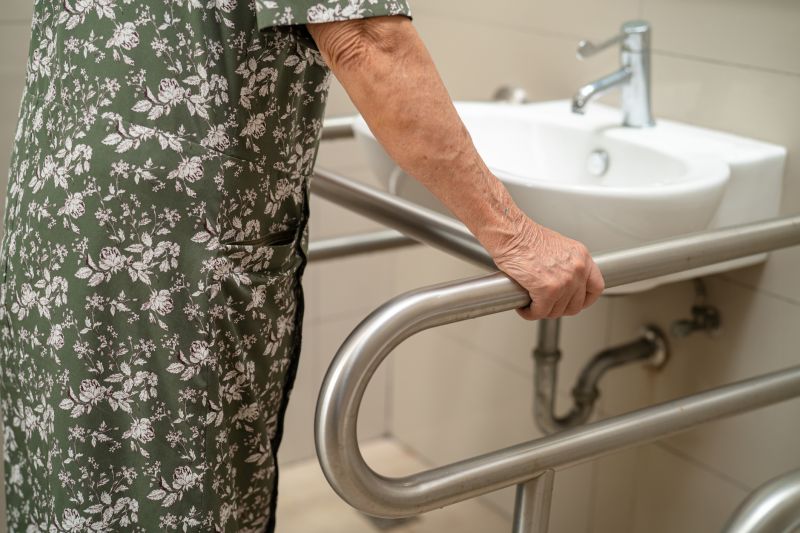
Small tweaks to make Cedar House Stainings safer and easier to use.

Lower-waste or water-saving choices for Cedar House Stainings.
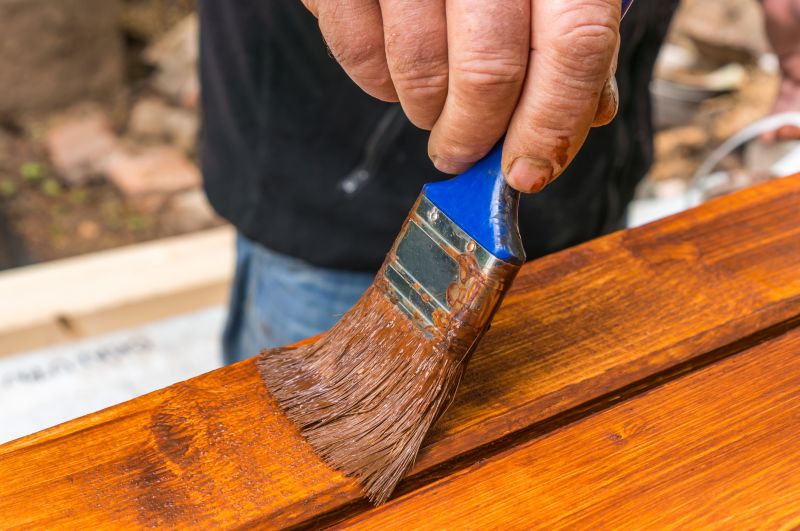
The short, realistic tool list for quality Cedar House Stainings.
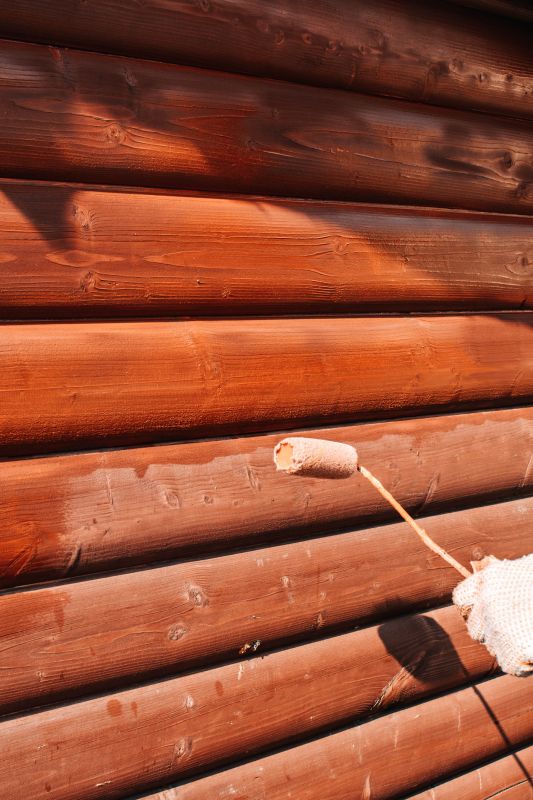
Rough timing from prep to clean-up for Cedar House Stainings.

Quick checks and paperwork to keep after Cedar House Stainings.
| Season | Ideal Conditions |
|---|---|
| Spring | Moderate temperatures, low humidity, dry weather |
| Summer | Warm temperatures, avoid peak heat, low humidity |
| Fall | Cool temperatures, dry conditions, moderate humidity |
| Winter | Not recommended due to cold temperatures and moisture |
Choosing the right time for cedar house stainings enhances the longevity and appearance of the finish. It is recommended to monitor weather forecasts and select periods with stable, dry conditions. Proper preparation and timing can result in a more uniform stain application and better protection against weathering.
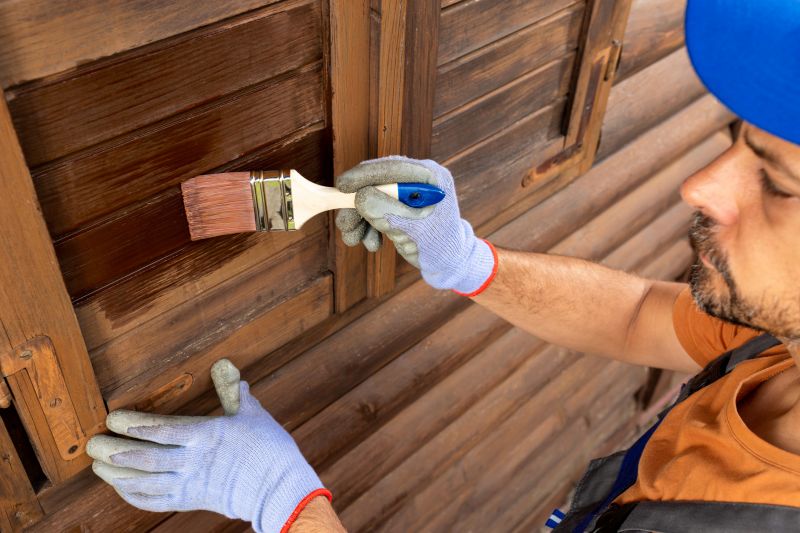
Examples that show the impact a good Cedar House Stainings can make.
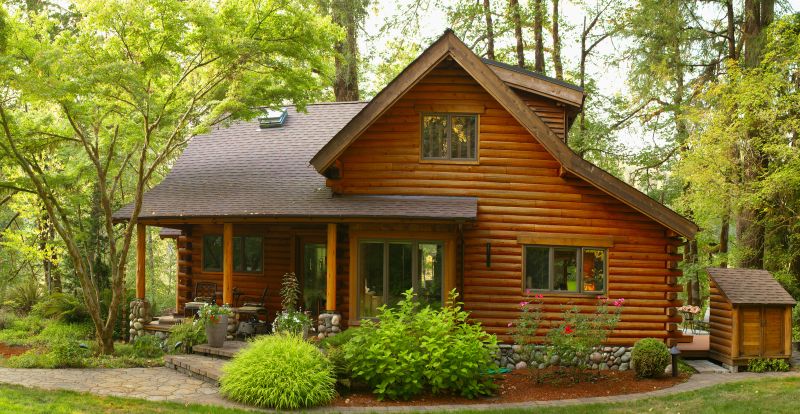
Ways to make Cedar House Stainings work in tight or awkward layouts.

Ways to make Cedar House Stainings work in tight or awkward layouts.
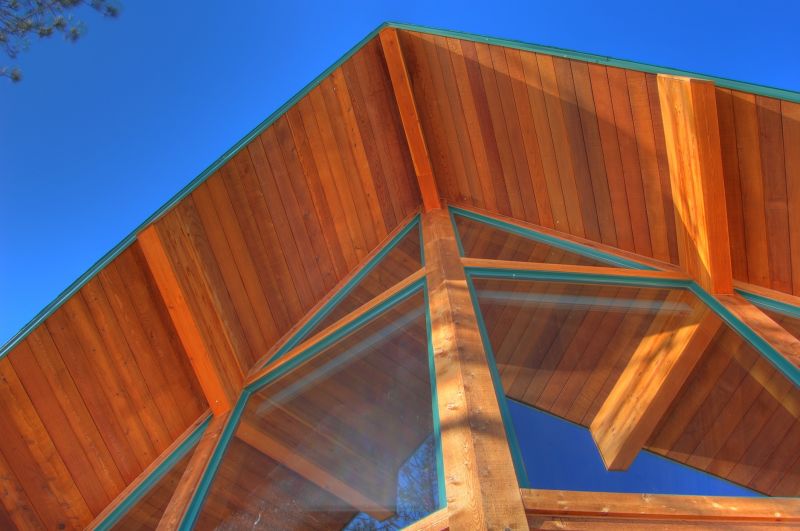
Ways to make Cedar House Stainings work in tight or awkward layouts.
For optimal results, it is advisable to schedule staining projects during periods of stable weather. Consulting with a professional can help determine the best timing based on local climate patterns. Properly timed staining not only preserves the cedar’s natural beauty but also reduces the need for frequent maintenance.
Individuals interested in cedar house stainings are encouraged to contact for further information and scheduling assistance. Proper timing and execution are key to achieving long-lasting, attractive results for cedar exteriors.
